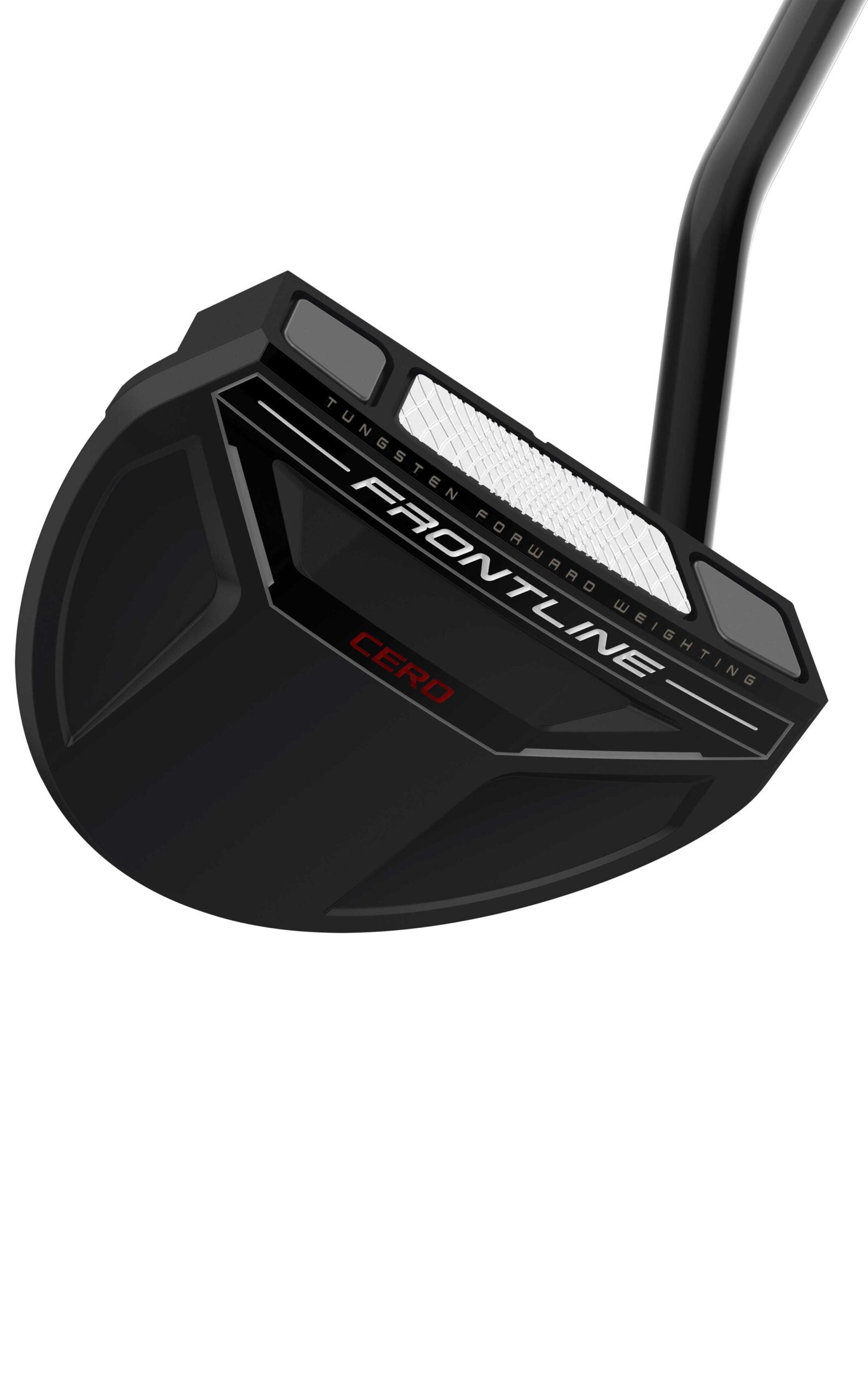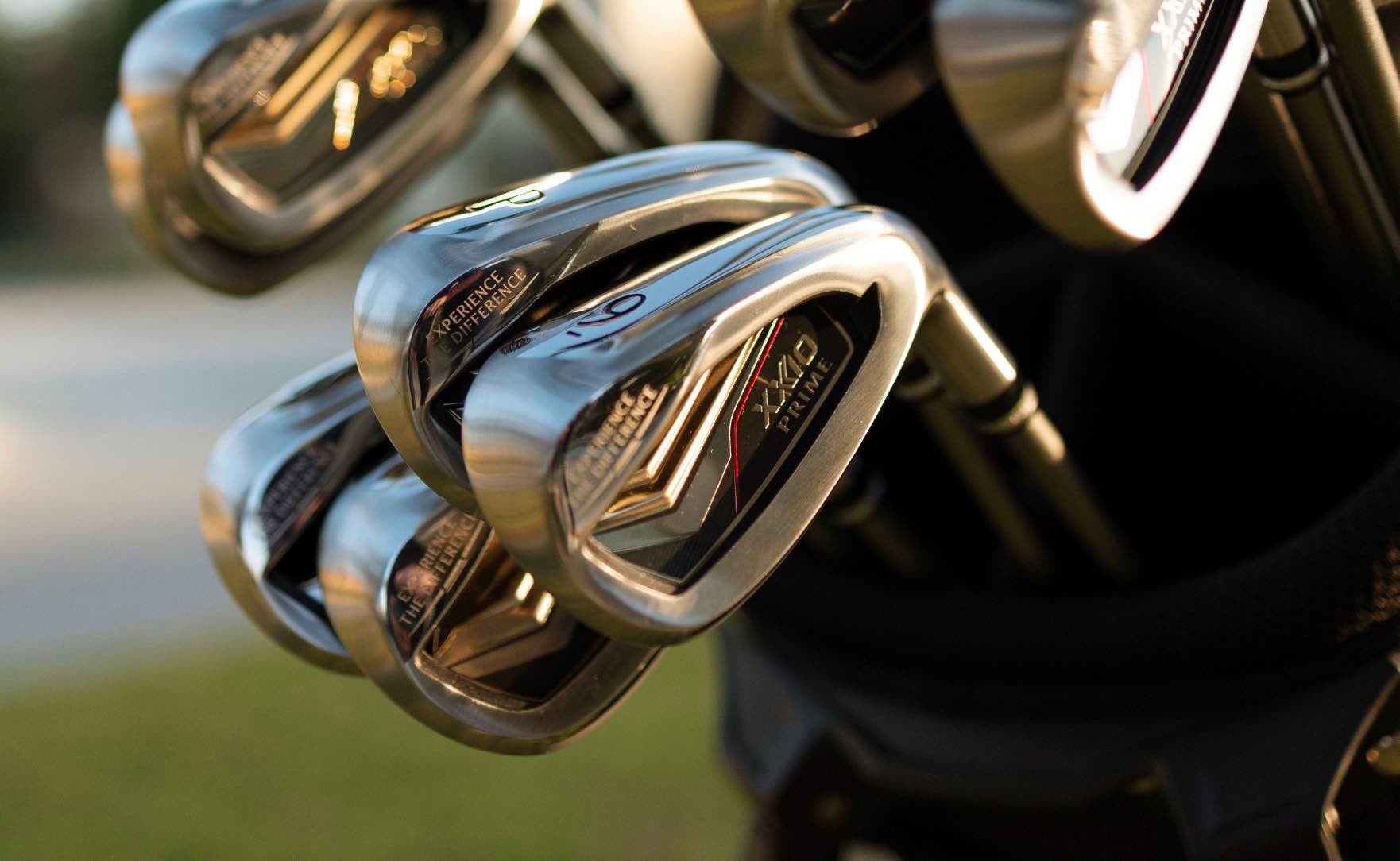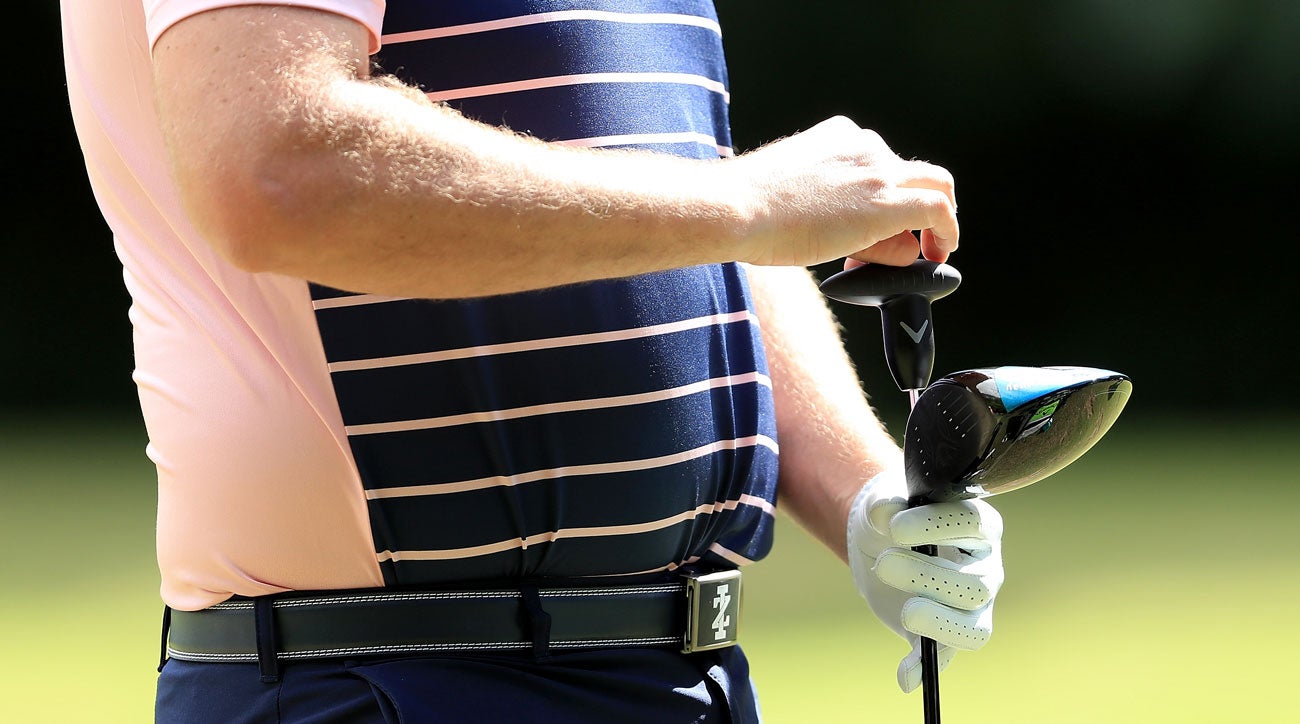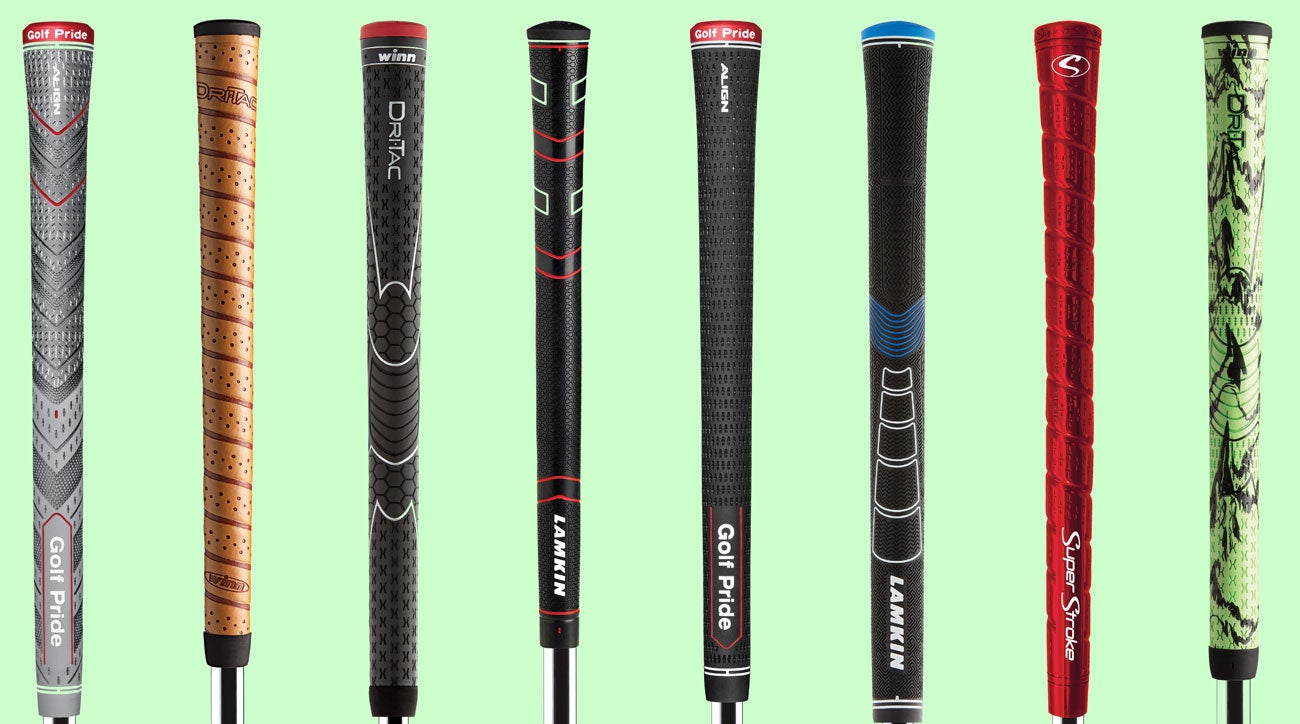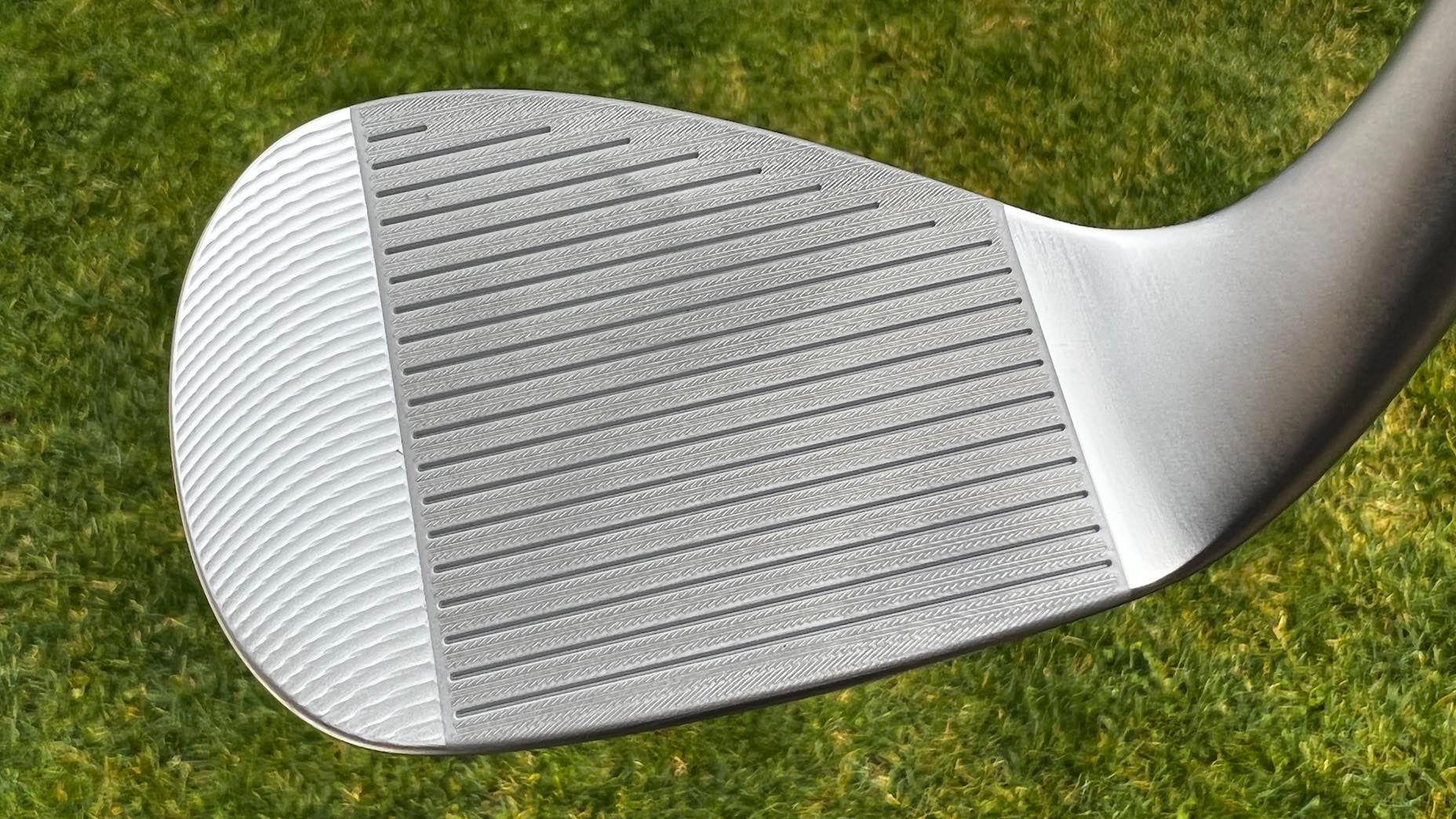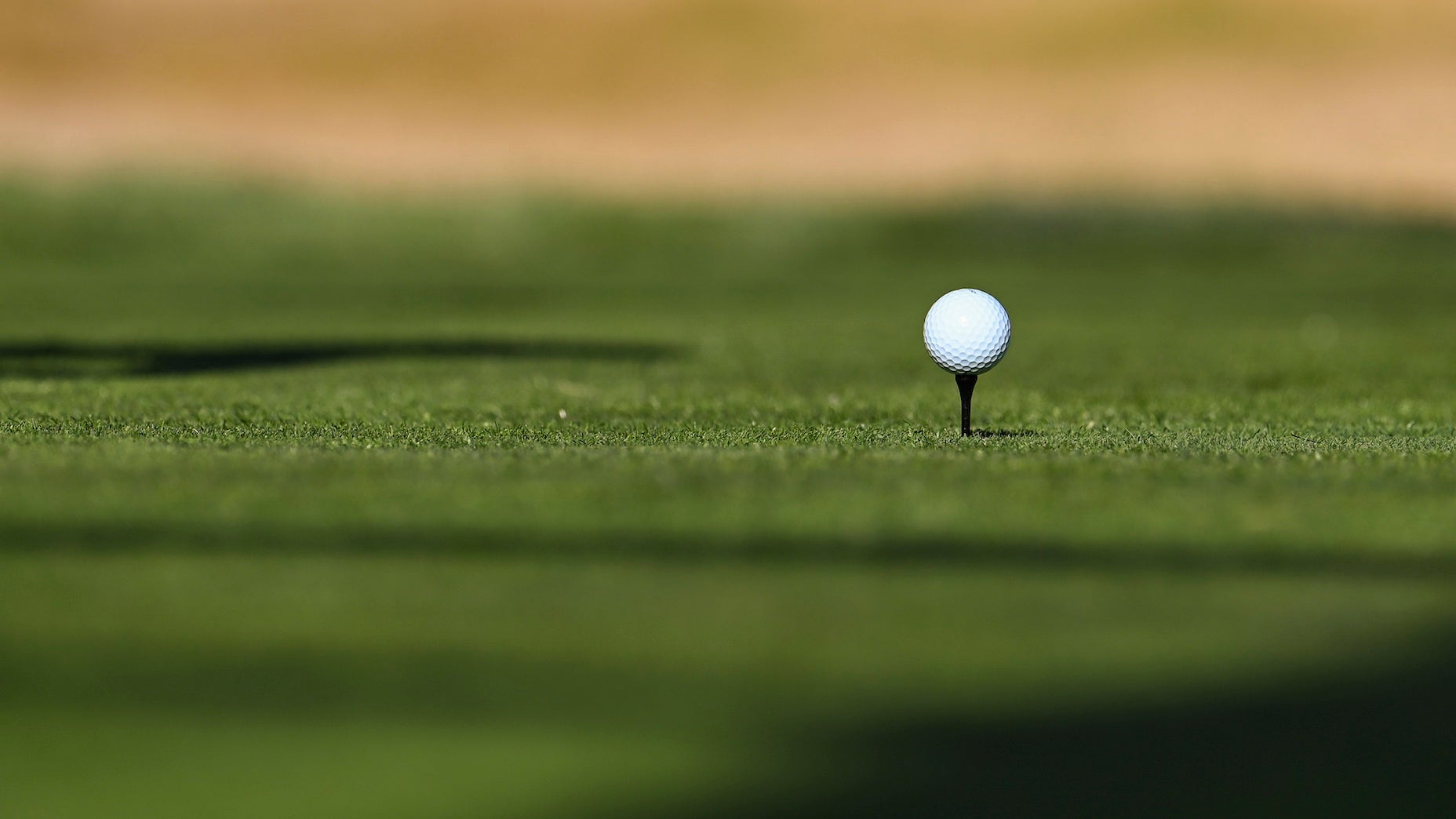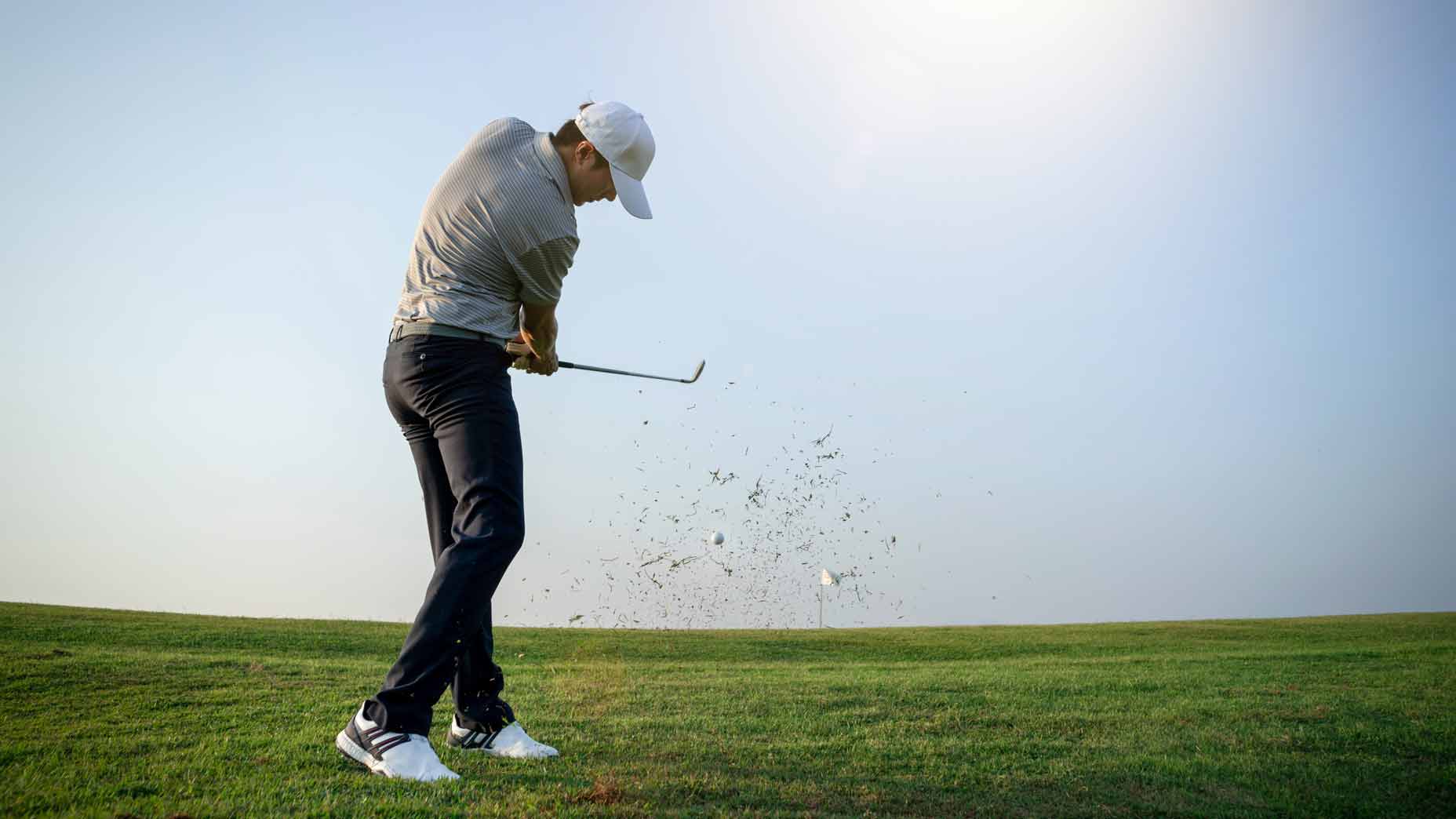Gear Questions You’re Afraid to Ask: Why does one putter feel better than another?
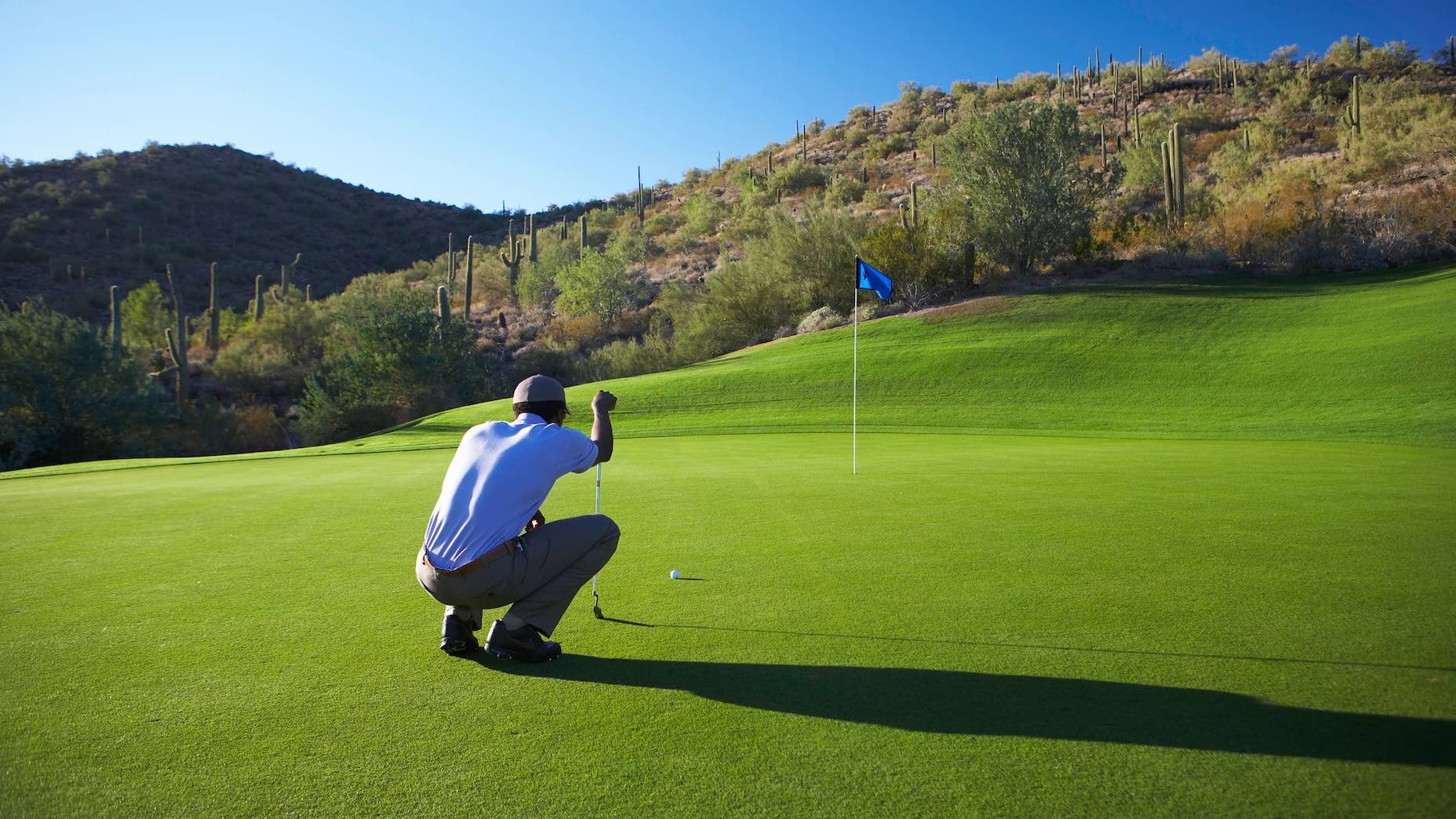
Does your putter feel as good as it should?
Getty Images
Welcome to Gear Questions You’re Afraid to Ask, a GOLF.com series produced in partnership with Cleveland Golf. This week we look at why some putters feel better than others and what you need to know to ensure a proper fit.
Feel is everything when it comes to putters. When a putter feels right to you, it’s likely you’ll make a better stroke and more putts. And usually, how good a putter feels comes down to whether or not it matches your individual putting style.
So maybe the real question ought to be, how do you choose the right putter based on your natural putting stroke?
Find the right weight
Heavier putters tend to be easier to swing smoothly, while lighter putters tend to be easier to dial in your distances with. Remember this though — overall weight and swing weight are not the same thing.
Overall weight is as the name implies — how much a putter weighs on a scale. Swingweight infers how heavy the putter feels when you use it. For example, depending on where weight is positioned, it’s possible to have two putters that each weigh 350 grams but because of how weight is positioned in the head, in the shaft, under the grip, etc., these two putters might have completely different swing weights.
Golfers who putt on faster greens tend to like putters with lighter swing weights, perhaps in the D2 or lighter range, while golfers who putt on slower greens may prefer something heavier — maybe in the D6 or heavier swing weight range. It only takes about 2 grams of head weight to adjust a full measure of swing weight in either a lighter or heavier direction.
Cleveland Frontline
Really though, it comes down to what feels better in your hands. You can be a great putter with either a light or heavy putter. There’s no wrong answer.
The next weight issue has to do with how mass is positioned inside the putterhead. Most putters, whether it be a heel-toe blade, mallet, semi-mallet, winged-shape or some other head shape variety, has some form of heel-toe weighting.
If it didn’t, it’d be really hard to putt the ball straight. Heel-toe weighting also matters because it affects how the toe of the putter hangs when resting horizontally in the air. To check a putter’s toe hang, rest the putter on your finger at its balance point on the shaft. The toe of the putter will either point straight down, horizontal with the face up (known as face-balanced) or somewhere in the middle, often at about 45-degrees.
Putters with a lot of toe hang (the toe pointing downward) tend to favor players who have arcing strokes and who naturally swing the putter open on the way back and closed post impact. Putters that hang in the 45-degree range are for golfers with smaller arcs and lastly, face-balanced usually work best for players with straight-back-and-straight-through strokes.
Quick detour, here: I haven’t the fortitude (or expertise) to get into the biomechanics of the putting stroke, but I do side with those who argue that no putting stroke is truly straight-back and through unless there are some manipulations that happen in the hands and arms. Nonetheless for that type of stroke, a face-balanced mallet tends to be favorable. And also worth noting, some of the best putters in the world have straight-back and straight-through strokes. So, there’s that.
Consider Length and Lie
Once you determine weight and toe hang, you’ll want to factor in length and lie. Typically, putters are about 34 inches long with a lie of around 71-degrees for golfers of average height (5’9” to 6-foot). At least, that’s the convention. How you hold the putter, your stance, your forward lean — all these things factor into how long your putter ought to be.
Golfers who like to lean (or tilt) tend to favor shorter putters, whereas longer putters feel better to golfers with more upright putting stances. As for lie, some golfers like to put the ball close to the body using the aforementioned straight-back-straight-through stroke with the eye line directly over the ball. For this move, a more upright lie works best. For those who arc it, a less upright lie angle tends to feel better.
Notice the Neck/Hosel Styles
Plumber’s neck, slant neck, flow neck, straight neck, no hosel, long hosel, single-bend, double-bend, center-shaft—these are a few of the many hosel configurations found in putters today. And, they all are directly intertwined with how a putter is balanced and with toe hang. Some hosel configurations like a plumber’s neck add offset to help you hit up on the ball and make it easier to square up the face at impact. Hosels like these are good for golfers with average arcing strokes.
For those who have a lot of arc, typically you’d want to look for a putter with a hosel placed more towards the heel. And if you’re a straight-stroke type of player, a hosel-less single-bend or double-bend shaft is commonplace on face-balanced models.
Heed the OEM’s recommendation
Several equipment manufacturers make it easy and take the guesswork out of choosing the right style for your stroke. Take Cleveland Golf, for example. Each putter in the Frontline and Huntington Beach series is designed for a specific stroke type making it easy to pick the right one. Whether you have a slight or strong arc or no arc at all, there’s a model for your stroke type.
Go With Your Gut
Ultimately, and this seems to be a recurring theme here in GQYATA, personal preference may override convention. It’s possible you may prefer to us a mallet design because you prefer the visual aids over how it fits your stroke. Or maybe you like to arc your stroke with a putter that has a double-bend shaft. That’s the beauty of putting — it’s a feel thing and what putter feels best is entirely up to whoever is using it.
Want to overhaul your own bag? Visit the expert fitters at affiliate partner, True Spec Golf. For more on the latest gear news, check out our latest Fully Equipped podcast below.

